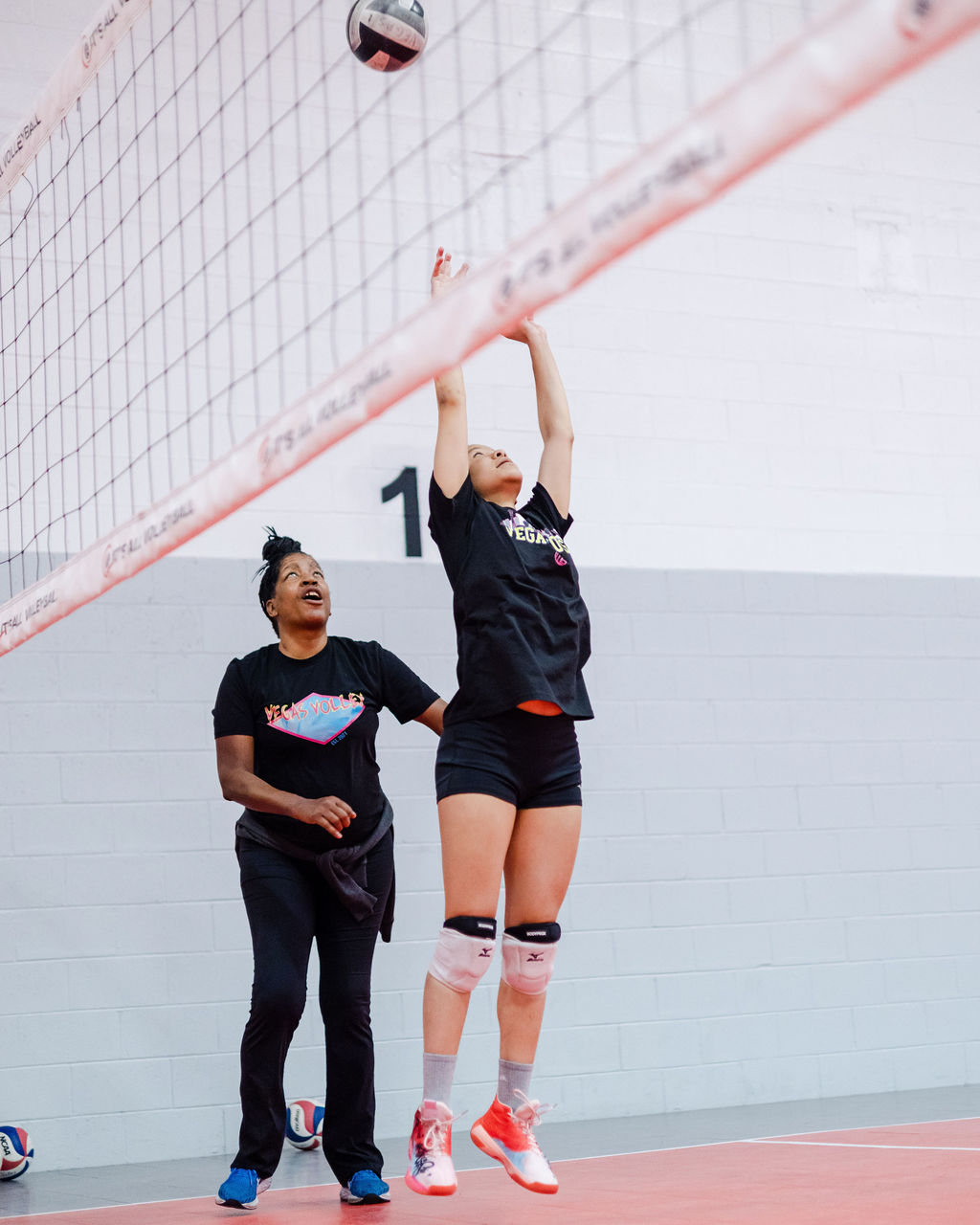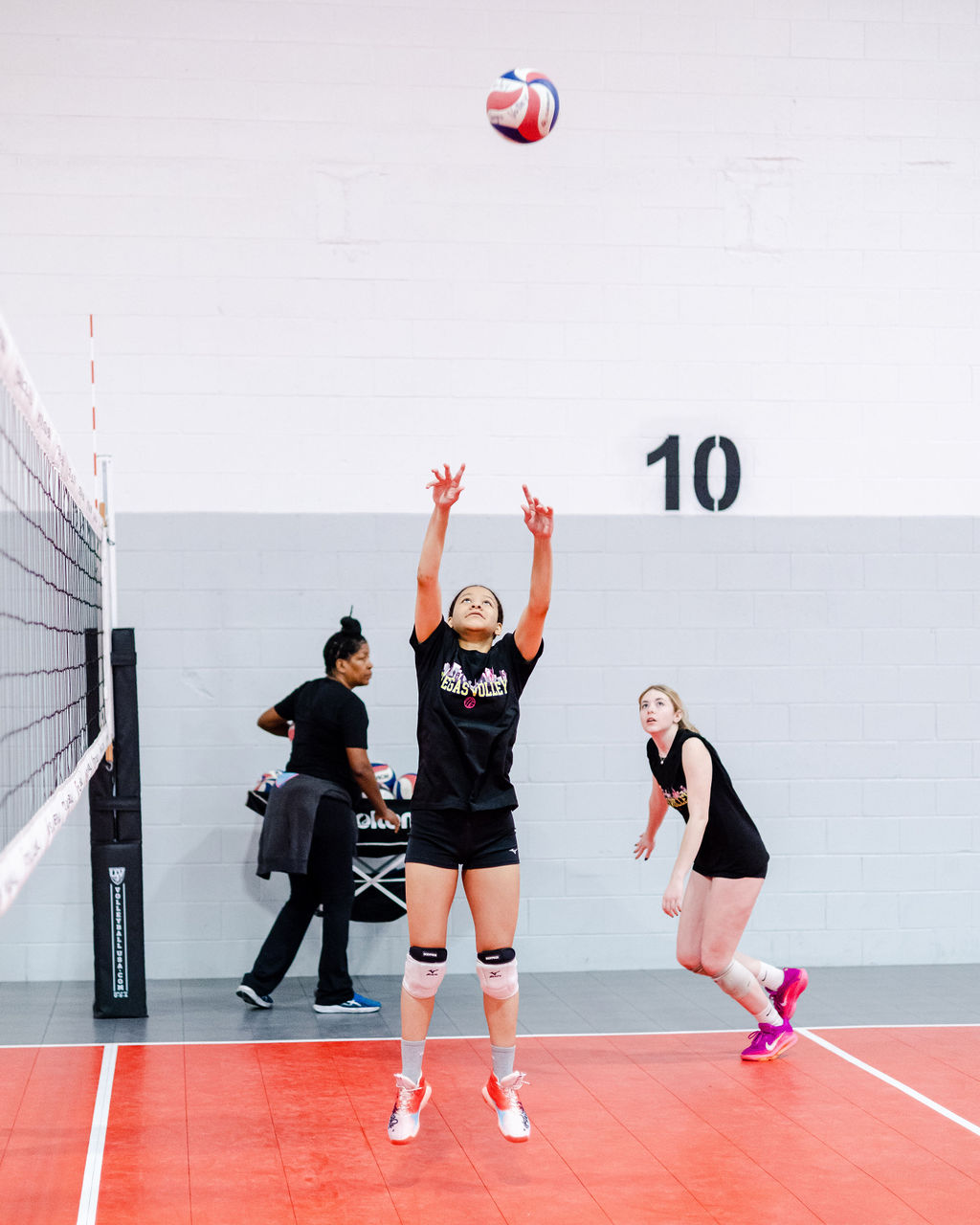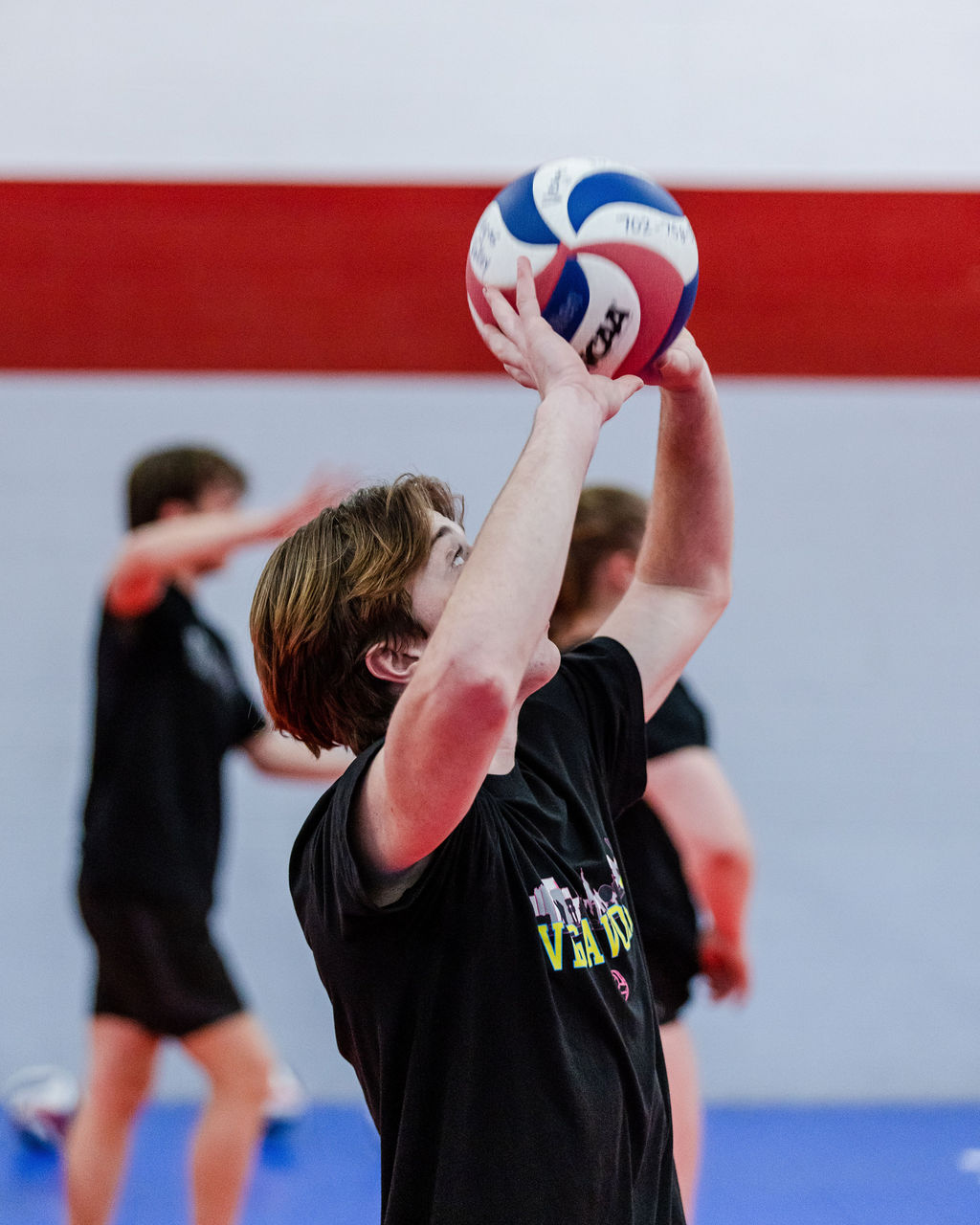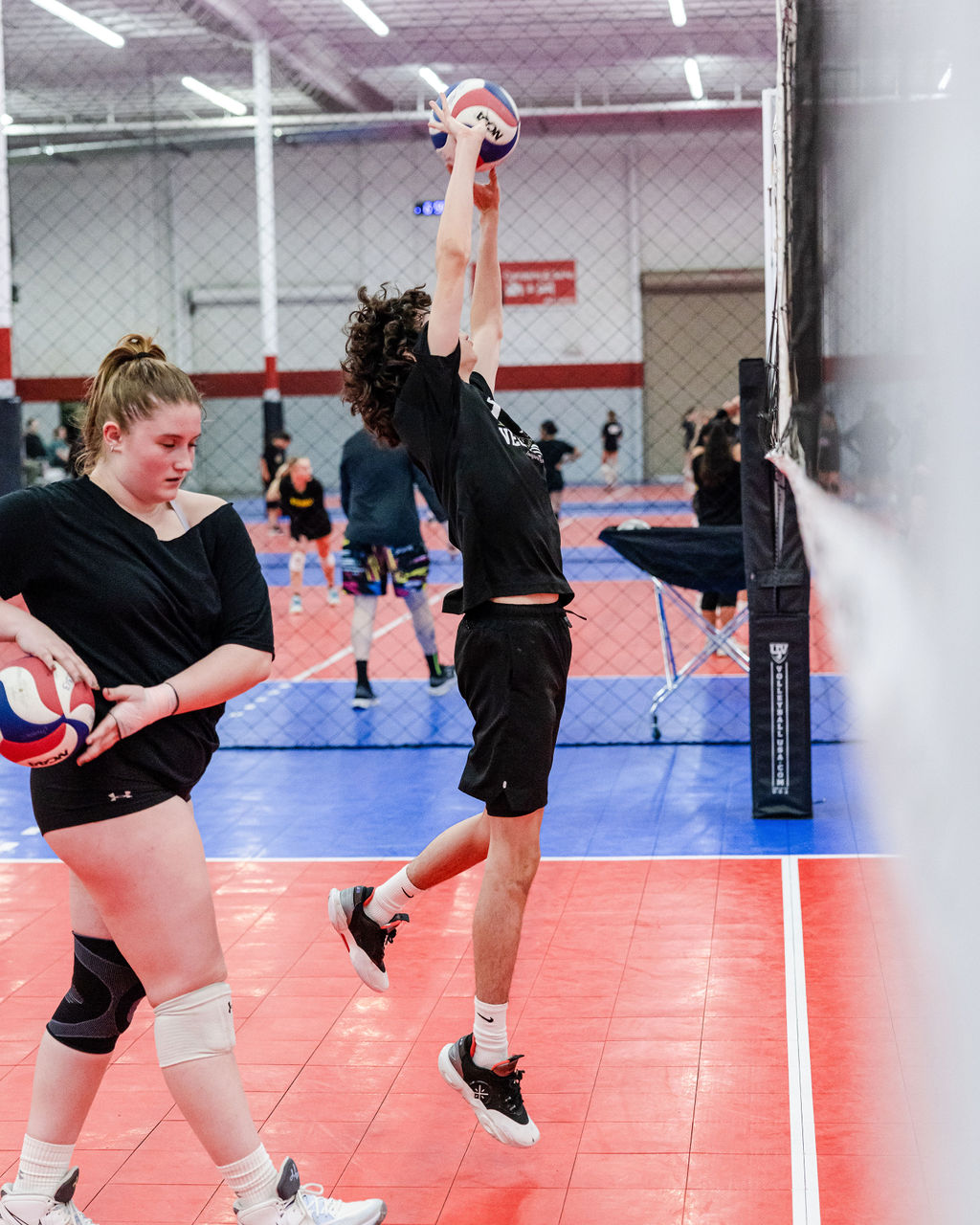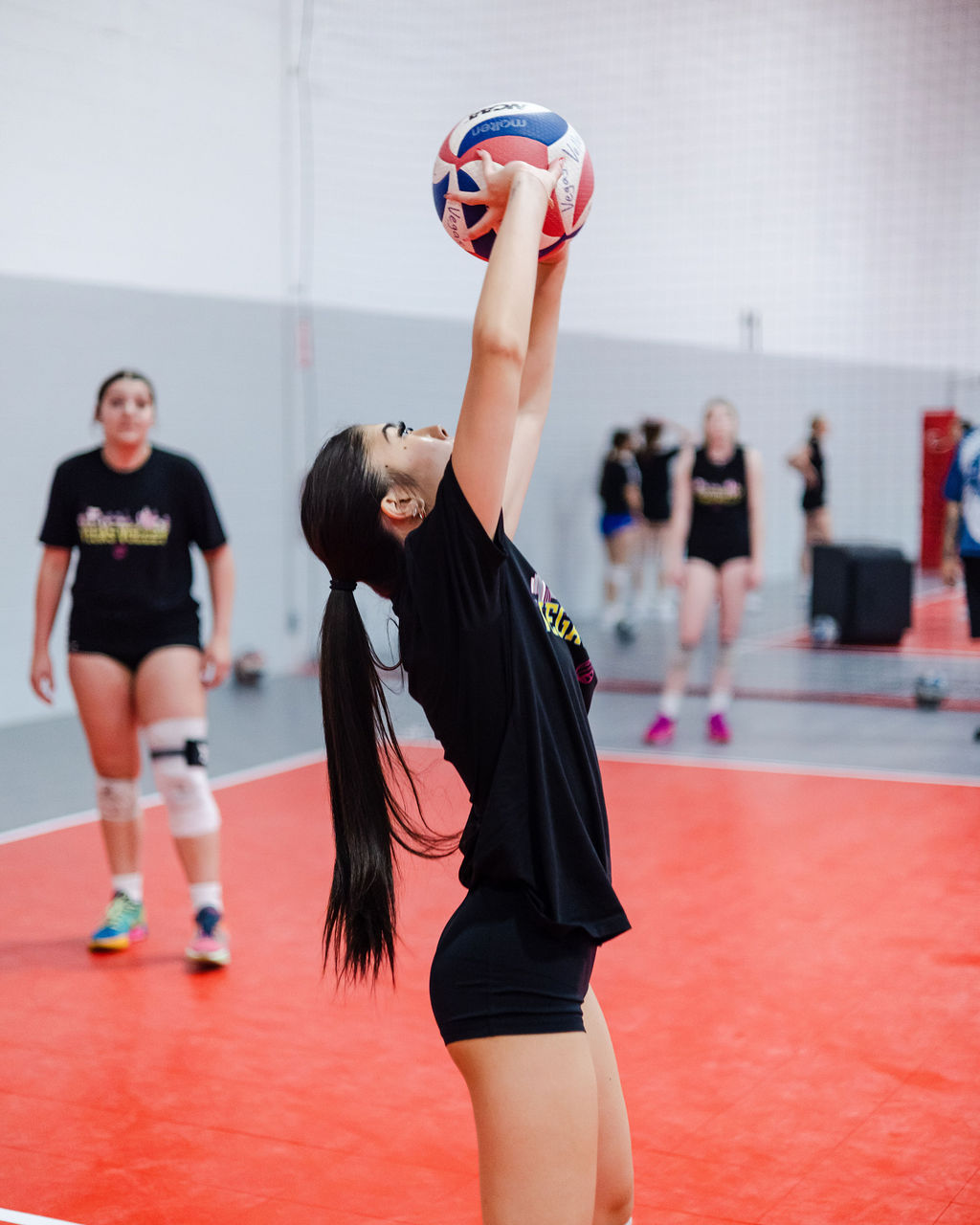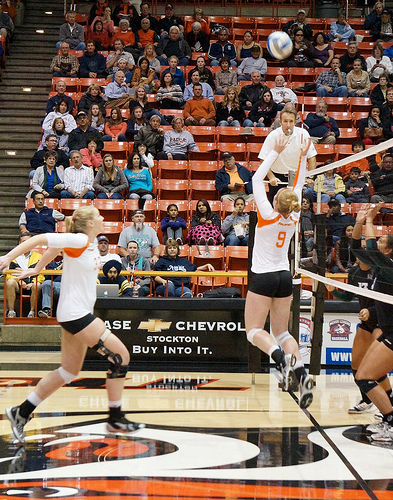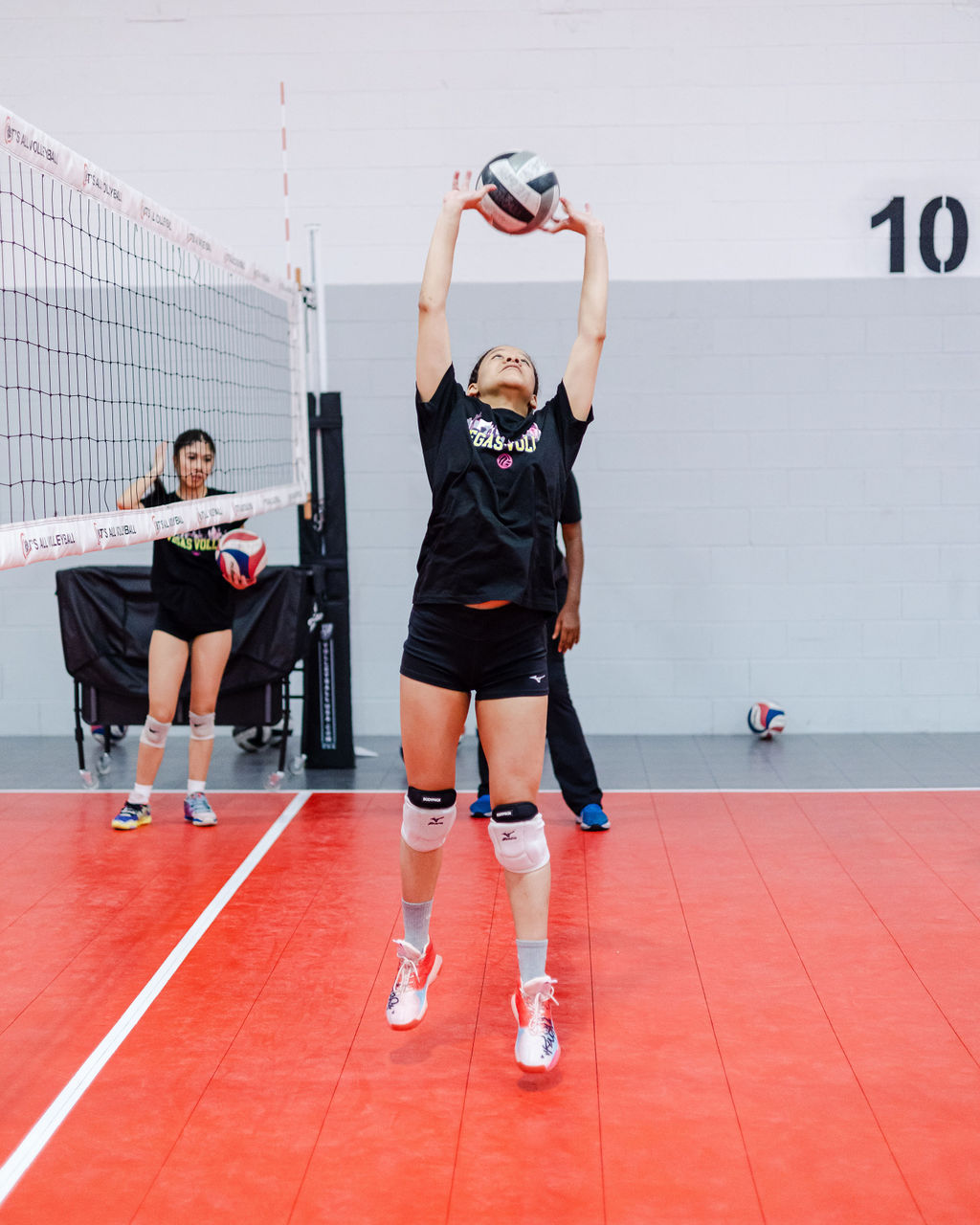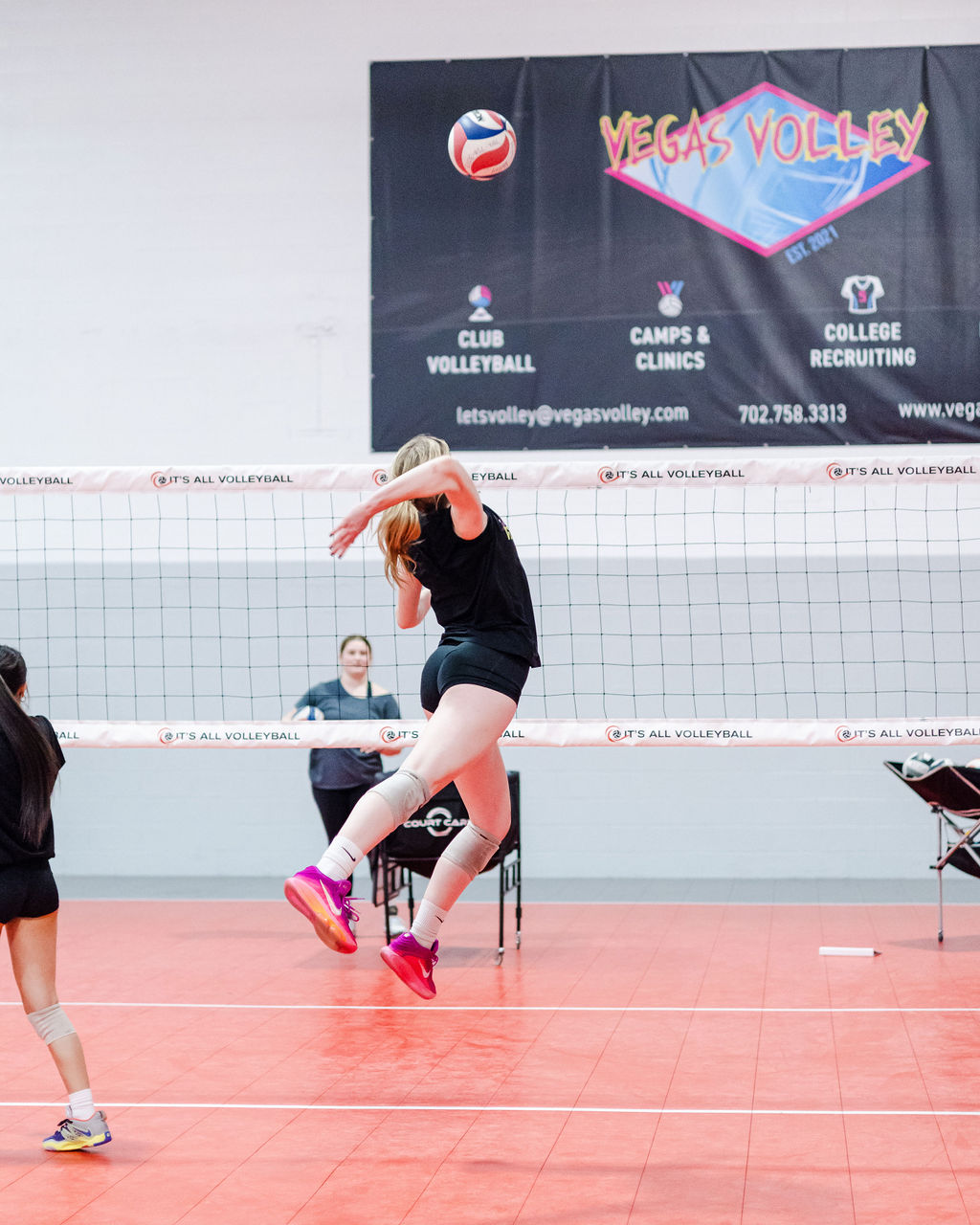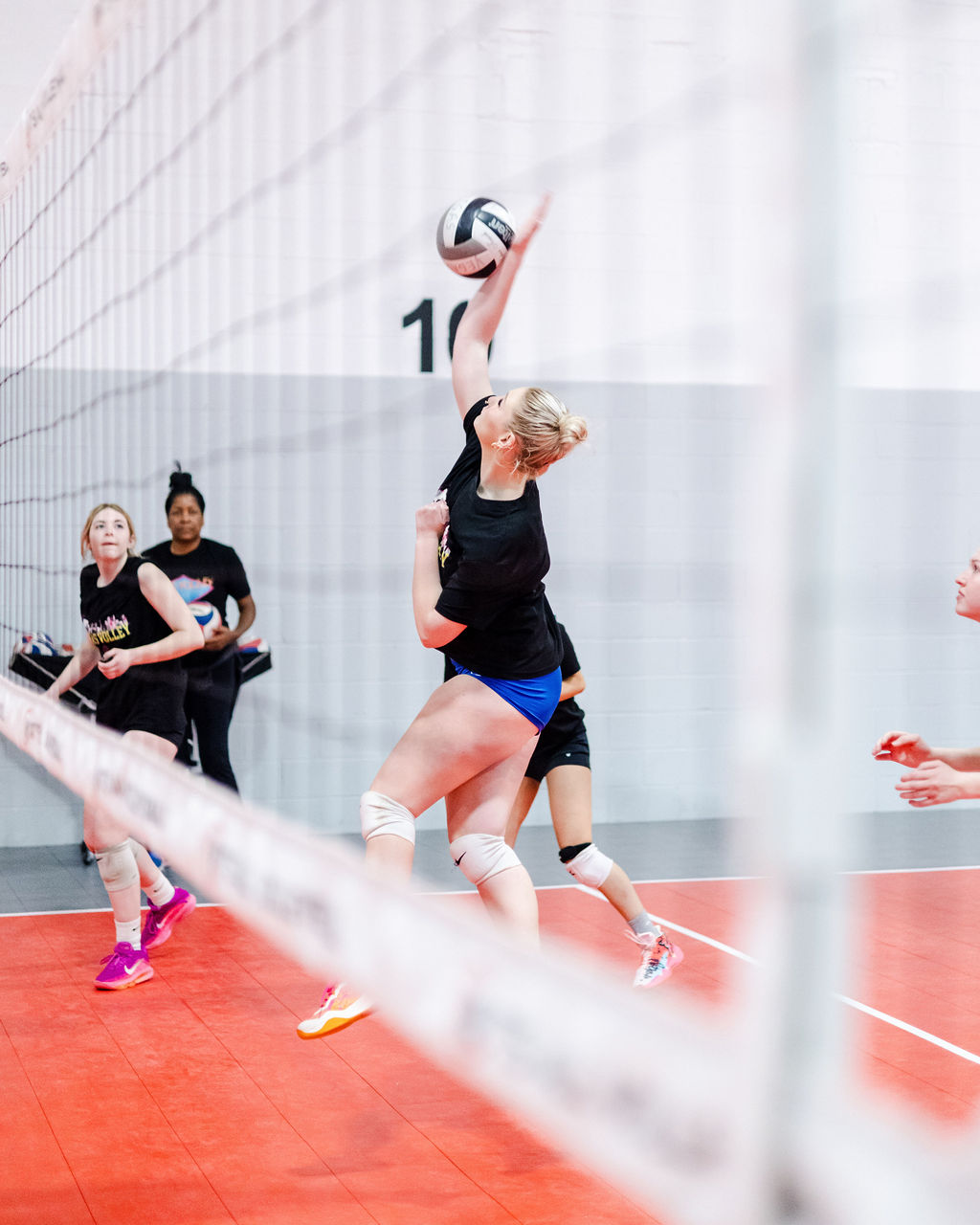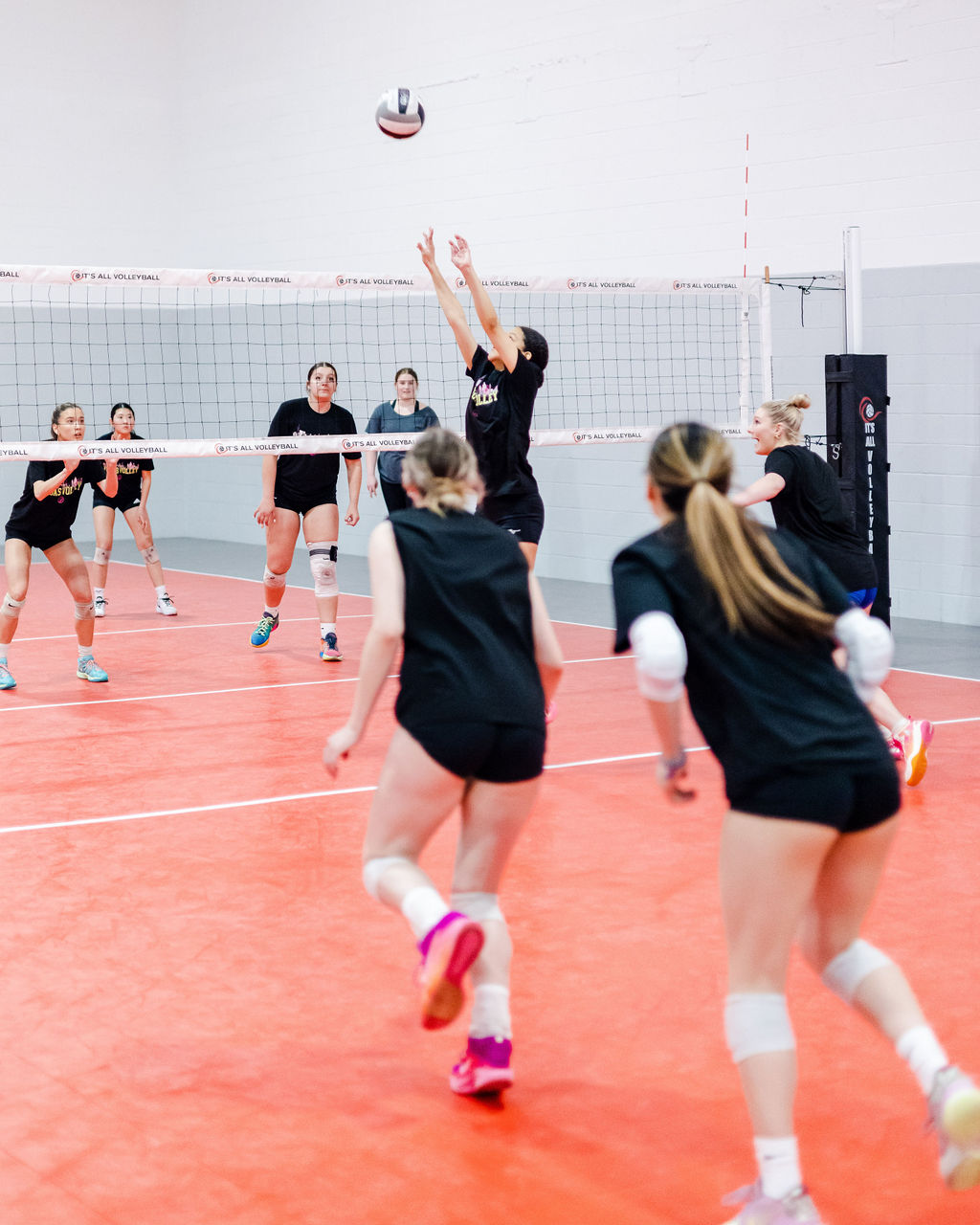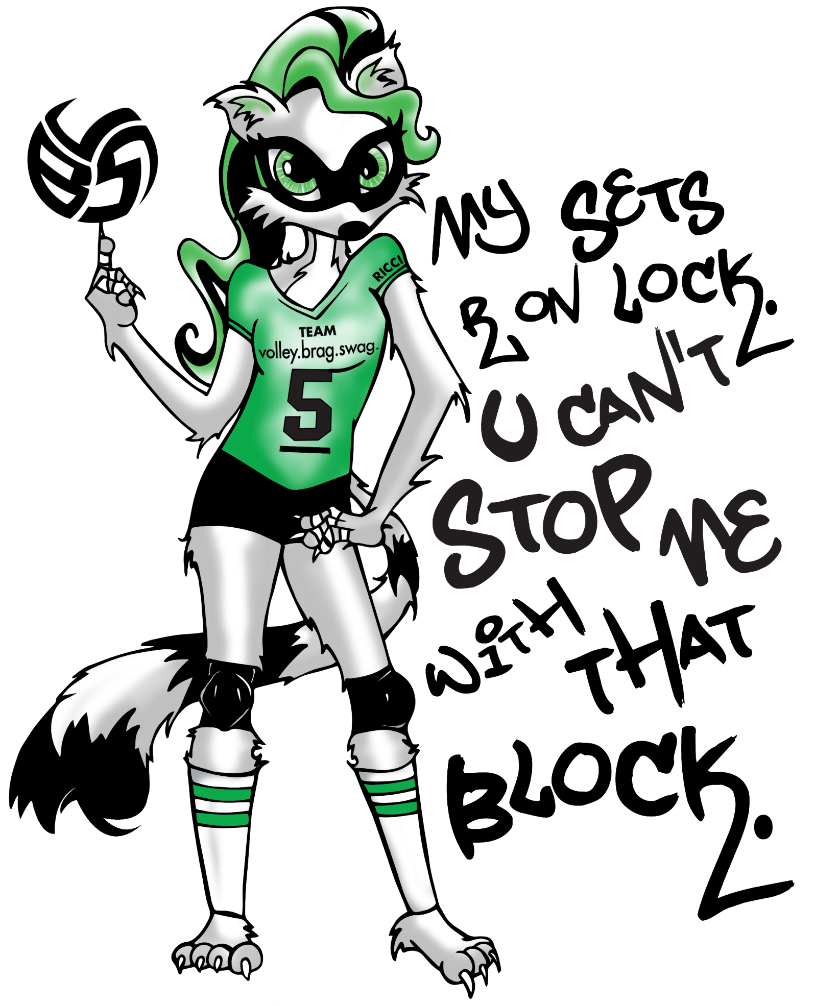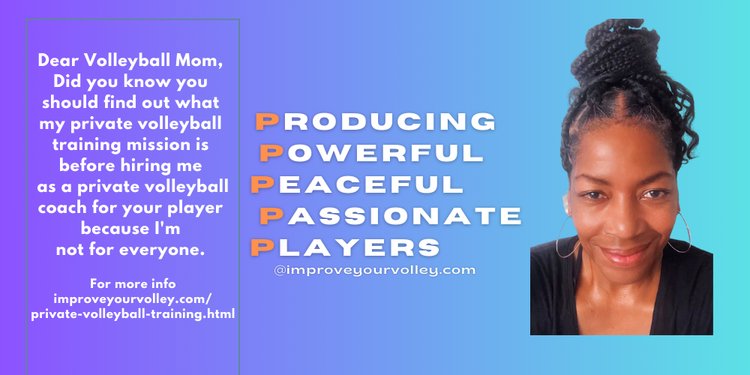- Improve Your Volleyball with Coach April
- Volleyball Positions: What Are The Six Volleyball Roles
- Setter Position In Volleyball
 Dear Volleyball Mom,
Do You Know What Sets My Private Volleyball Training Apart From Anyone In Vegas?
I invite You to read what my private volleyball training mission says before considering hiring me as a private volleyball coach because I'm not available for everyone.
Dear Volleyball Mom,
Do You Know What Sets My Private Volleyball Training Apart From Anyone In Vegas?
I invite You to read what my private volleyball training mission says before considering hiring me as a private volleyball coach because I'm not available for everyone.Setter Position in Volleyball: My Expert Guide & Setting Training Tips
Learn the setter position in volleyball from an expert coach. Develop essential techniques, improve court positioning, and learn winning strategies to become a great setter.
As a volleyball coach specializing in setter training, I've helped countless players master the setter position in volleyball.
Whether you're new to the position or looking to elevate your game, this comprehensive guide will help you understand and excel in volleyball's most strategic role.
The volleyball setters role is to set the ball to a front row or backrow hitter who's responsible for attacking the ball so it lands on the opposing team's court floor in an attempt to score a point.
Understanding the Setter Position in Volleyball
How Setters in Volleyball Set The Ball
The setter position in volleyball is often compared to a quarterback in football - they're the offensive coordinator responsible for:
• Running the team's offense
• Making split-second decisions
• Delivering accurate sets to hitters
• Leading the team's offensive strategy
In this section, I provide detailed technical instructions on the setting technique for setters in volleyball.
Key Responsibilities of the Setter Position in Volleyball
As the setter position in volleyball requires more responsibility than any other player on the court, let's break down your core duties:
1. Offensive Leadership
• Calling and executing offensive plays
• Reading defensive formations
• Making quick setting decisions
• Controlling match tempo
• Leading team communication
Court Positioning Requirements
Court Positioning
- Starting position in serve receive (typically position 2 when front row, position 1 when back row)
- Moving to the "setter target" near the net
- Maintaining proper distance from the net
- Staying square to zone 4 (left side)
- Adjusting position based on pass quality
Technical Skills for the Setter Position
1. Hand Positioning for Setters in Volleyball
1. Hand Positioning:
• Create the triangle shape with thumbs and forefingers
• Maintain consistent hand position above forehead
• Use fingertip control, not palms
• Follow through toward the target
• Hold strong rigid wrists
Start with your hands extended in front of your forehead, forming a triangular shape with your thumbs and forefingers.
Position your wrists firm but relaxed to provide stability during the setting motion.
Technical Skills for the Setter Position in Volleyball
2. Footwork and Body Control for Setters
2. Footwork and Body Control
• Quick, efficient steps to the ball • Proper body alignment under the ball • Balanced stance for all types of sets • Transitioning smoothly from defense to offense • Jump setting technique when needed
- Begin in a balanced stance with your feet shoulder-width apart.
- As the ball approaches, step towards the ball with quick, small steps using proper timing and coordination with the passer.
- Position yourself under the ball, aligning your upper and lower body so that you "stay tall" without leaning forward or bending at the hip while facing Zone 4 the left side of the net when setting a front row hitter
3. Body Alignment for the
Setter Position in Volleyball
Body Alignment
- Keep your body square and facing the target or hitter. Your chest and shoulders should be parallel to the net.
- Keep your knees slightly bent, so that you can run in any direction to place your body directly underneath the path of the ball that has just been passed to you from your back row player
- Your legs and lower body should be balanced underneath you as they possess the strength needed to help you get the ball to one of the outside hitters, when you jump set.
4. Ball Contact for the Setter Position in Volleyball
Ball Contact
- As the ball comes down, position yourself underneath its path, directly aligned with your intended target.
- Make contact with the ball using your fingertips, directing it with precision and control.
- Use your wrists and arm motion to push the ball upwards and towards the desired location.
5. Follow-Through For Setters in Volleyball
Follow Through
- After making contact with the ball, extend your arms and fingers towards the target to guide its trajectory.
- Maintain a smooth follow-through motion with your arms to ensure accuracy and a clean release of the ball.
The setters job now is to "set the volleyball" to one of their front or back row hitters which is usually the second of the three contacts a team has according to basic volleyball rules.
Setters in volleyball, once they get to their place as the passing target at the net can actually see their left side hitters and their middle hitters because they are facing their zone 4 on their side of the court. But because they always line up this way, their back is to their right side hitter.
How Do You Back Set The Ball?
To set the ball behind you to your right side hitter or deliver any balls to zone 2 you will do so by back setting the ball back over your head.
To back set the ball to your opposite hitter in volleyball, you use your legs to get your body directly lined up underneath the ball.
When the ball comes down it should come down right to your outstretched arms into your turned up hands, that's where you want to place yourself as a setter, underneath the path of the ball as it comes down from the pass.
The palms of your hands are open and in place to cradle the ball and your arms push the ball back up to the ceiling and slightly behind your ears ...behind your head, if you're setting a high ball or a "red" ball behind you to your right side or opposite hitter in volleyball
Volleyball setters need to develop hand, arm, wrist and shoulder strength to be able to push the ball from antenna to antenna or pin to pin the further away you are from your target.
What Is The Common Set Terms That Setters in Volleyball Use?
Setters play a critical role in orchestrating the offense and delivering precise sets to teammates.
Let's explore some of the common volleyball set terms associated with setters:
1. Two-set:
The two-set, also known as a second tempo set, is a medium-paced set executed by the setter at the net. It is positioned in front of the setter and delivered to the middle hitter, allowing for a quick and powerful attack.
2. Backset:
3. Quickset:
The quickset is characterized by its speed and precision. The ball is set quickly and accurately to the intended target, usually the middle hitter. The aim is to surprise the opposing blockers and create scoring opportunities.
Watch as Tehani sets a "31" also called a three set which is a type of quick set usually to middle blockers that's set along the net between Zone 3 and Zone 4. The "31" is low fast and parallel to the top of the net.
4. Dump set:
The dump set is a deceptive move executed by the setter when in they're in the front row. Instead of setting the ball to a hitter, the setter decides to tip or softly push the ball over the net, catching the opposing team off-guard.
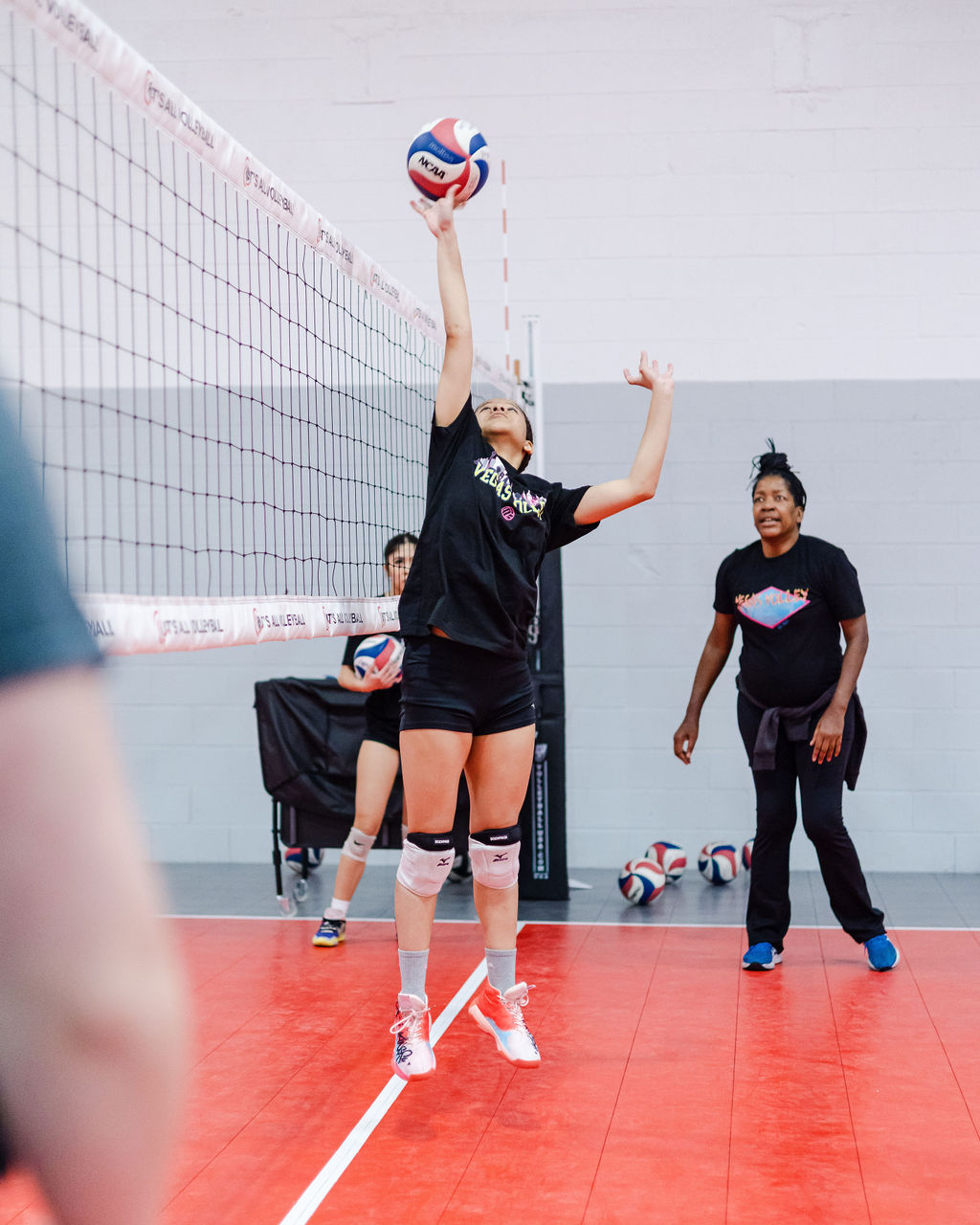 The dump set is a deceptive move executed by the setter when in they're in the front row. Instead of setting the ball to a hitter, the setter decides to tip or softly push the ball over the net, catching the opposing team off-guard.
The dump set is a deceptive move executed by the setter when in they're in the front row. Instead of setting the ball to a hitter, the setter decides to tip or softly push the ball over the net, catching the opposing team off-guard.Setting Skills Unleashed:
Four Strategies To Elevate Your Game as a Volleyball Setter
1. Communication with Teammates:
Setters should develop clear and concise verbal and non-verbal cues to signal their intentions for each set.
This type of setter communication promotes better timing and coordination, allowing hitters to anticipate and prepare for the incoming set.
Hands Signals For Setters in Volleyball
2. Reading the Defense:
Great setters have the ability to assess the opposing team's defensive formation and make quick decisions based on the available options.
This strategic awareness enhances the effectiveness of the team's offensive plays.
3. Setting in Different Situations:
Setters need to adapt their technique and decision-making based on the specific situation on the court.
Adjusting timing, footwork, and hand placement in these situations will help maintain a fluid offensive flow.
4. Adjusting to Different Hitters
Each hitter on the team may have different preferences and strengths when it comes to attacking the ball.
By tailoring the sets to suit each hitter's style, setters can maximize the efficiency and effectiveness of the team's offensive attacks.
By incorporating these tips and strategies, setters can elevate their game and fulfill their broader role and responsibilities on the team.
The ability to communicate effectively with teammates, read the defense, adapt to different situations, and customize sets for different hitters will contribute to the overall success of the team's offensive play.
Training Tips for the Setter Position in Volleyball
Here are some volleyball drills for youth that you can do at home or in practice with a friend or teammate you are working out with at home or on their own or even during an open gym at your school.
Watch as Kenny and Jaylen work on controlling the ball to a consistent spot on the wall and then control the ball to themselves, then finally they control the ball to each other...repeatedly.
Daily Training Routine (15-20 Minutes)
1. Wall Sets (5-7 minutes)
• Start arm's distance from wall
• Focus on consistent hand position
• Count 3 sets of 50 perfect sets:
- Front sets
- Side sets (both sides)
- Rainbow wipes
- One-hand sets (each hand)
2. Position-Specific Footwork (5 minutes)
• Net-to-target transitions
• Shuffle steps along net
• Quick-turn movements for back sets
• Sprint-to-setter-position drills
3. Strength Training for Setters (5 minutes)
• Finger pushups for hand strength
• Wrist flexibility exercises
• Core stability work
• Quick-feet ladder drills
Game Strategies for the Setter Position
Decision-Making Chain
When the ball is passed, your position requires you to:
1. Read pass quality and location
2. Check hitter positions
3. Scan opposing blockers
4. Assess which hitter is "hot"
5. Make your setting decision
6. Execute with precision
Communication from the Setter Position in Volleyball
• Using clear hand signals before plays
• Calling out defensive reads
• Maintaining constant hitter communication
• Leading offensive huddles
Advanced Position Strategies
When playing "next-level" volleyball at varsity or college levels it becomes necessary to know about:
• Reading and exploiting opposing team defensive weaknesses
• Varying set tempo to confuse blockers
• Using dump sets strategically
• Managing out-of-system plays
Do You Follow Me on Pinterest?
Follow me on Pinterest Volleybragswag to improve your game even faster!
I share alot of individual, partner and easy-to-do volleyball serving drills we do in class with my followers.
Many of these volleyball practice drills you can do at home by yourself or try at your next practice with your teammates.
If you're a B team or JV player trying to make varsity next year...your goal should be to complete 1000 reps a day of at least three of the basic skills on your own...volleyball passing, serving and setting should be at the top of the list.
The Setter Position in Volleyball:
Where Should You Go From Here?
SUSCRIBE
To My Email Newsletter Below!
From Lady Vol to Legend: Coach April Produces Powerful Passionate Players...is that you?
What Are You Looking For?

Hi there!
Thanks for stopping by. Hope you learned something today that will help you reach your volleyball goals.
Be sure to subscribe to my email newsletter so you can learn more each week!
Stay strong! Stay motivated!
-Coach April

SUSCRIBE
to my email newsletter below!
Vegas Volleyball's Unsung Heroes: Celebrating Moms with Peace Love Volleyball Shirts
Ready to energize your volleyball mom journey?
Subscribe to my 'Producing Powerful Passionate Peaceful Players' email list above on ImproveYourVolley.com.
You'll receive energy-boosting tips, exclusive insights from me, Coach April Chapple on maintaining momentum in volleyball.
Let's power up the Vegas volleyball scene together!
Recent Articles
-
Coach April's Peace Love Volleyball Phrases For T-Shirts Honor Moms
Apr 13, 25 03:49 PM
Whether on the court or in everyday life, April Chapple's volleyball phrases for t-shirts are serving inspiration for players and moms, one message at a time. -
What Is A Setter In Volleyball? My Setting Guide With Answers To FAQs
Apr 13, 25 12:36 AM
Learn what a volleyball setter is from a champion coach. Get expert insights, training tips, and proven strategies for volleyball's most strategic position. -
Setter Position in Volleyball: My Expert Guide & Setting Training Tips
Apr 12, 25 04:11 AM
Learn the setter position in volleyball from an expert coach. Master essential techniques, court positioning, and winning strategies to become a great setter.



